Introduction
In the vast culinary landscape of Chinese cuisine, dishes that blend savory, sweet, and umami flavors in perfect harmony are abundant. Among these, “Minced Pork with Eggplant” (Roumo Qiezi) stands out as a timeless classic, celebrated for its simplicity and depth of taste. This dish, often found on the menus of both home kitchens and elegant restaurants, combines the earthy richness of eggplant with the succulent texture of minced pork, all wrapped in a sauce that dances on the palate with notes of soy, garlic, and ginger.
The beauty of Minced Pork with Eggplant lies not just in its taste but also in its versatility. It can be served as a main course, a side dish, or even a topping for noodles or rice. Its preparation, while seemingly straightforward, requires attention to detail and a nuanced understanding of cooking techniques to achieve the perfect balance of flavors and textures. This article aims to guide you through the step-by-step process of making this beloved dish, ensuring that your kitchen too can produce a version that rivals the best.
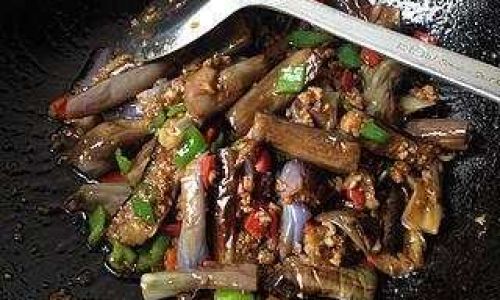
Ingredients and Preparation
Before diving into the cooking process, let’s gather all the necessary ingredients and tools. Proper preparation is key to any successful culinary endeavor.
Ingredients:
- 400 grams (about 14 ounces) of minced pork (preferably pork shoulder for added flavor and juiciness)
- 2 medium-sized eggplants (preferably purple, as they are more flavorful and tender)
- 3 cloves of garlic, finely minced
- 1-inch piece of fresh ginger, finely minced
- 3-4 tablespoons of vegetable oil (such as canola or peanut oil)
- 2 tablespoons of soy sauce
- 1 tablespoon of oyster sauce (optional, for added umami)
- 1 tablespoon of Shaoxing wine or dry sherry (optional, for enhancing aroma)
- 1 teaspoon of sesame oil
- 1 teaspoon of sugar
- 1/2 teaspoon of salt (adjust to taste)
- 1/4 teaspoon of white pepper (optional, for a subtle heat)
- 1/4 cup of water or chicken broth (for adjusting sauce consistency)
- 2-3 green onions, chopped (for garnish)
- Cornstarch or potato starch (for thickening, if needed)
Tools:
- A sharp knife for chopping and mincing
- A large wok or heavy-bottomed skillet
- Wooden spoon or spatula for stirring
- Measuring cups and spoons
- Mixing bowls
- Cutting board
- Colander or strainer (for draining excess moisture from eggplant)
Step-by-Step Cooking Instructions
Preparing the Eggplant:
Begin by selecting fresh, firm eggplants with smooth, glossy skin and no soft spots. Rinse them thoroughly under running water and pat them dry using a clean kitchen towel. Cut the eggplants into bite-sized pieces, approximately 1-inch cubes. This size ensures even cooking and easy eating.
To reduce the bitterness often associated with eggplants, you can salt them. Place the cut eggplant pieces in a colander, sprinkle with a teaspoon of salt, and toss gently to coat. Let them sit for about 30 minutes. This process draws out excess moisture and bitterness. After 30 minutes, rinse the eggplant pieces under cold water to remove the salt and pat them dry again with paper towels.
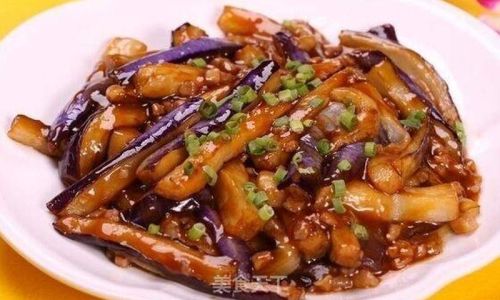
Preparing the Pork:
While the eggplant is resting, prepare the minced pork. Ensure that the pork is well-chilled to make it easier to handle and to prevent it from clumping during cooking. If you’re using store-bought minced pork, it’s often a good idea to re-grind it using a food processor or a sharp knife to ensure a finer texture.
Season the pork with a pinch of salt, white pepper (if using), and 1 tablespoon of soy sauce. Mix well to ensure an even distribution of seasoning. This step helps to build flavor and tenderize the meat.
Cooking the Eggplant:
Heat 2 tablespoons of vegetable oil in a large wok or skillet over medium-high heat. Once the oil is hot, add the prepared eggplant pieces, spreading them out in a single layer to avoid overcrowding. Cook, stirring occasionally, until the eggplant turns golden brown and tender, about 5-7 minutes. Be careful not to overcook, as the eggplant should still hold its shape.
Transfer the cooked eggplant to a plate lined with paper towels to drain any excess oil. Set aside.
Cooking the Pork:
In the same wok, add another tablespoon of vegetable oil if needed. Heat the oil over medium-high heat until it shimmers. Add the minced garlic and ginger, stirring constantly until fragrant, about 30 seconds. Be careful not to let the garlic burn, as it will turn bitter.

Immediately add the seasoned minced pork, breaking it up with your spoon or spatula to prevent clumping. Cook, stirring occasionally, until the pork is browned all over and cooked through, about 5-7 minutes. If the pork starts to stick to the bottom of the wok, add a little water or broth to loosen it up.
Combining Ingredients and Sauce:
Once the pork is cooked, push it to one side of the wok and add the cooked eggplant to the other side. Pour in the remaining soy sauce, oyster sauce (if using), Shaoxing wine or dry sherry (if using), sesame oil, and sugar. Stir to combine everything, ensuring that the eggplant and pork are well-coated with the sauce.
Taste and adjust the seasoning with additional salt if necessary. If the sauce seems too thin, you can thicken it by mixing a small amount of cornstarch with water (forming a slurry) and adding it to the wok, stirring constantly until the desired consistency is achieved.
Final Touches and Serving:
Cook for another 2-3 minutes, allowing the flavors to meld together. The sauce should be slightly thickened and glossy, coating the pork and eggplant evenly. Remove the wok from heat and transfer the Minced Pork with Eggplant to a serving dish.
Garnish with chopped green onions for a burst of color and freshness. Serve immediately with steamed rice, noodles, or as part of a larger meal.
Tips for Perfecting Your Dish

- Eggplant Selection: Choose eggplants that are firm and heavy for their size, indicating freshness and fewer seeds.
- Salting the Eggplant: While salting helps reduce bitterness, it’s optional. If you prefer a less processed dish, skip this step.
- Cooking Temperature: Maintain medium-high heat throughout to ensure even cooking without burning the garlic or overcooking the pork.
- Sauce Adjustments: Taste your sauce before adding it to the pork and eggplant. Adjust sweetness, saltiness, and umami according to your preference.
- Don’t Overcrowd the Pan: Cooking in batches ensures that both the pork and eggplant cook evenly without steaming each other.
Conclusion
Minced Pork with Eggplant is a dish that embodies the essence of Chinese home cooking: simple ingredients, thoughtful preparation, and a harmonious blend of flavors. By following the steps outlined in this article, you can recreate this classic dish in your own kitchen, delighting your family and friends with its rich, savory taste and comforting aroma.
Remember, cooking is an art that thrives on experimentation and personal touch. Feel free to adjust the recipe to suit your taste preferences, whether it’s adding a splash of chili oil for a bit of heat or incorporating other vegetables for added nutrition and texture. With practice, you’ll develop your unique version of Minced Pork with Eggplant, one that brings joy to every meal.
Happy cooking!
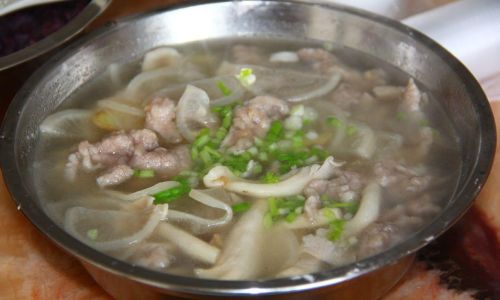
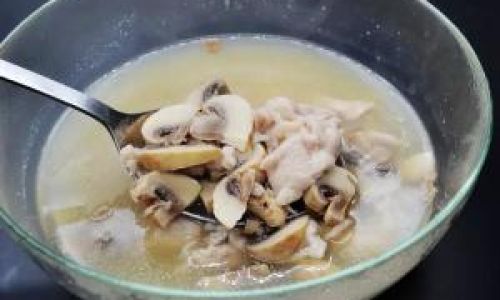
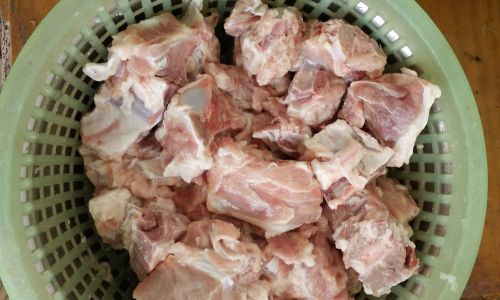

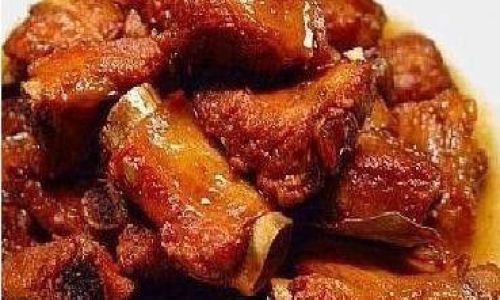
0 comments